When you think of a heart attack, what do you see? Maybe a man clutching his chest in Pain. He might fall to the ground. This is what we often see in movies.
But for women, it is different. The story is not the same.
A heart attack in a woman can be quiet. It can be unclear. The signs are not always clear. Many women do not even know they are having a heart attack. They might think it is just stress or tiredness. This is a dangerous mistake.
Knowing the specific signs of heart attack in women can save a life. It could be your life, or the life of Someone you love.
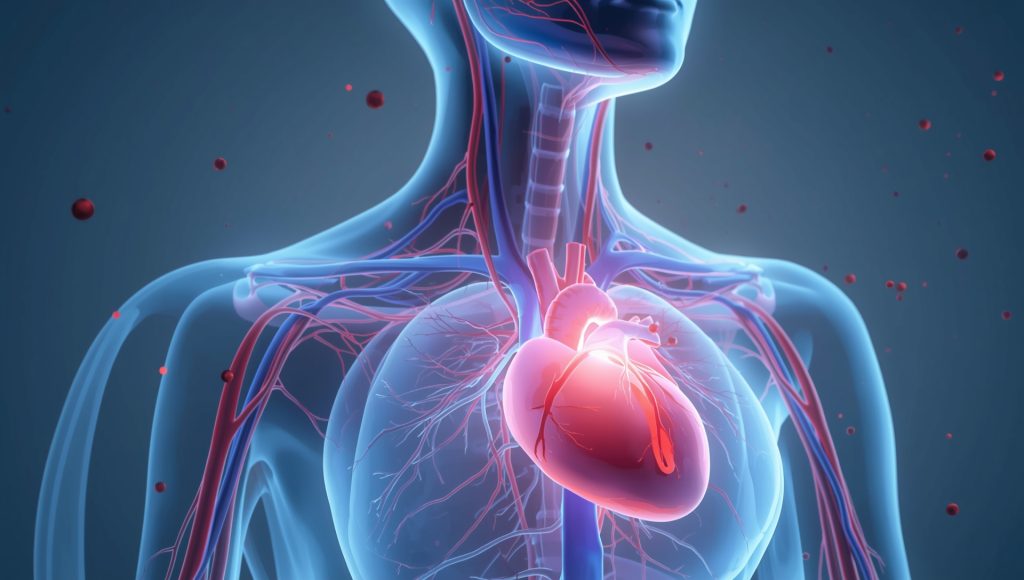
This article will help you understand. We will use straightforward words. We will explain why heart attacks feel different for women. And we will learn how to spot the warning signs.
Your heart is telling you something. It is time to listen.
What is a Heart Attack?
Let us start with the basics. Your heart is a muscle. It pumps blood to your whole body. Like any muscle, it needs oxygen to work. Blood carries this oxygen to the heart through special tubes. These tubes are called arteries.
Sometimes, a sticky substance called plaque can build up inside these arteries. It makes the path for blood very narrow. This is like a pipe getting clogged.
A heart attack happens when this narrow path gets completely blocked. A blood clot can become lodged in a narrow space. When this happens, oxygen-rich blood cannot reach a part of the heart muscle. That part of the heart begins to deteriorate. It starts to die.
This is a medical emergency. Getting help fast is the key to survival.
Why Are the Signs of Heart Attack in Women Different?
This is a fundamental question. Men and women are different. Our bodies are different. So, our hearts can send different warning signs.
Doctors are still learning why this happens. But here are some reasons:
- Different Blockages: In men, heart attacks often happen from a significant blockage in a large artery. This causes sudden, crushing chest pain. In women, blockages can sometimes occur in smaller arteries. This Pain can be less intense and spread out.
- Hormones: Hormones like estrogen can affect a woman’s blood vessels. This can change how Pain is felt during a heart attack.
- “Silent” Symptoms: Women are more likely to have what doctors call “silent” heart attacks. This means the signs of heart attack in women are so mild that they are easy to ignore. You might feel exhausted for a few days.
Because of these differences, it is vital to learn the unique signs of heart attack in women.
Common Signs of Heart Attack in Women: It’s Not Always Chest Pain
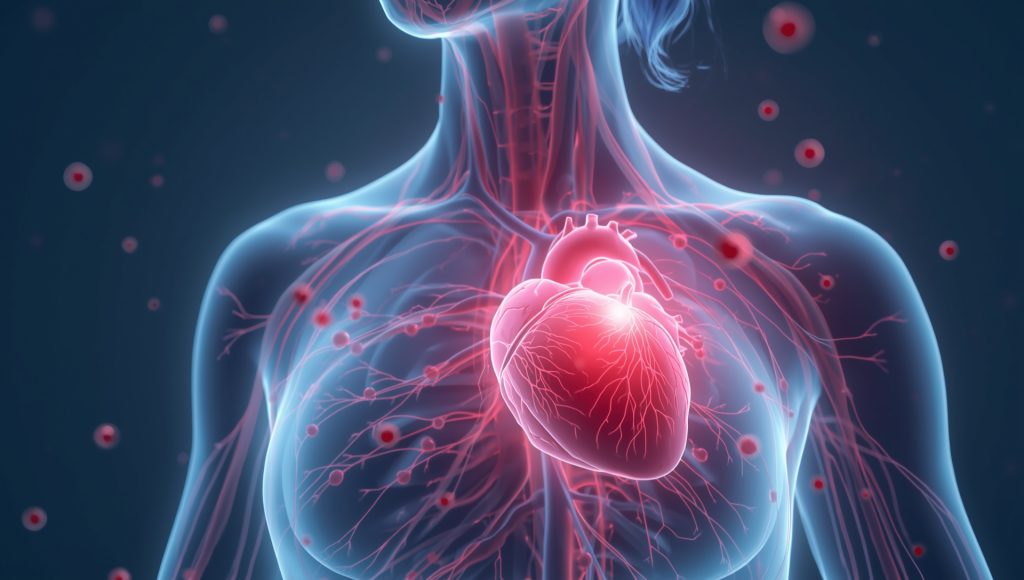
We must forget the movie version of a heart attack. For many women, chest pain is not the main sign. It might not even happen at all.
The common heart attack symptoms in women can be more subtle. They can be mistaken for other, less serious problems.
Here are the symptoms you should be aware of.
The Classic Chest Sign (But It Feels Different)
Yes, chest pain can still happen. But it does not always feel like “pain.”
- Pressure, Not Pain: You may feel a tightness or a squeezing in your chest. It can feel like Someone is sitting on your chest. It is an uncomfortable fullness.
- Not Just the Left Side: The feeling might not be only on the left side. It can be anywhere in the chest.
- Comes and Goes: For women, this chest discomfort may come and go. It might last for a few minutes, then disappear, and then return.
So, remember: chest pressure or squeezing is a key sign of a heart attack in women.
Pain in Other Places: The Body’s Alarm System
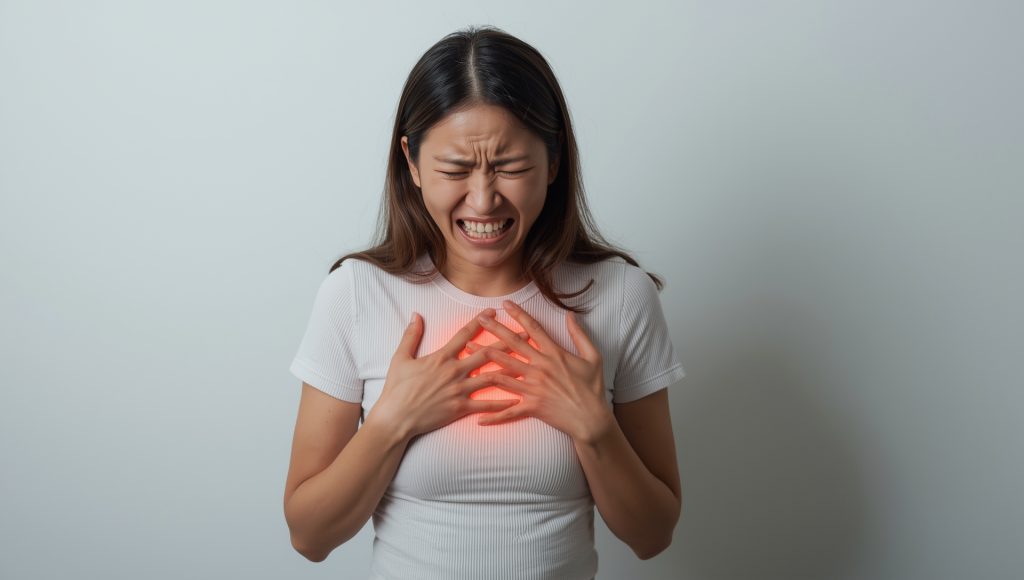
This is one of the most significant differences. The Pain can travel to other parts of the body above the waist. Doctors refer to this as “referred pain.”
Pay close attention to these areas:
- Neck and Jaw: You might feel a sharp pain or a dull ache in your jaw. It can also feel like a bad toothache. Pain can also spread to your neck.
- Back: A pain between the shoulder blades is a standard warning. Many women describe it as an unexplained ache or pressure in the upper back.
- Arms: Pain can spread down one or both arms. The left arm is more commonly affected, but it can also be affected.
- Stomach: You might feel Pain or pressure in your upper abdomen. It is easy to confuse this with heartburn, a stomach ulcer, or a bad case of indigestion.
If you feel unexplained Pain in your jaw, back, neck, or arms, it could be one of the critical signs of heart attack in women.
The “I Just Feel Sick” Symptoms
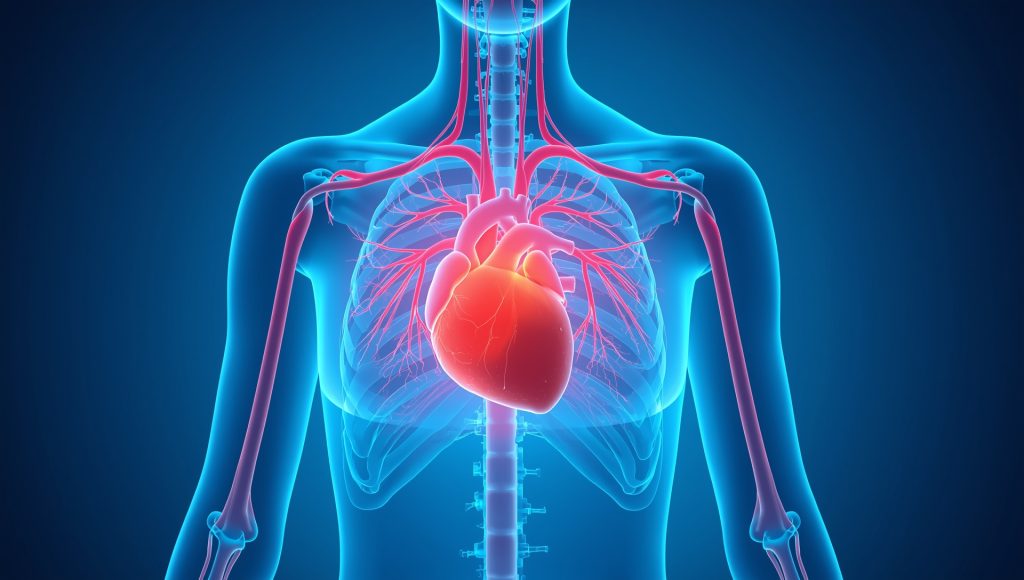
These symptoms are often missed. They do not seem connected to the heart. This is why knowing the complete list of signs of heart attack in women is so essential.
- Shortness of Breath: You may feel like you cannot catch your breath. This can happen without any chest pain. You might be sitting in a chair and suddenly feel like you just ran a race.
- Nausea or Vomiting: Feeling sick to your stomach is very common. You might even throw up. It is easy to think you have stomach flu.
- Cold Sweat: Breaking out in a cold, clammy sweat for no reason is a major red flag. Your skin will feel cold and wet.
- Extreme Tiredness: This is not normal tiredness. It is a sudden, overwhelming fatigue. You may feel so tired that you can barely perform even simple tasks, such as walking to the bathroom. This fatigue can start days or even weeks before the actual heart attack.
The “Something is Wrong” Feeling
Sometimes, your body knows. Women often report a sense of doom. A feeling that something is terribly wrong. Do not ignore this feeling. It is your body’s way of screaming for help.
How to Spot the Signs of Heart Attack in Women
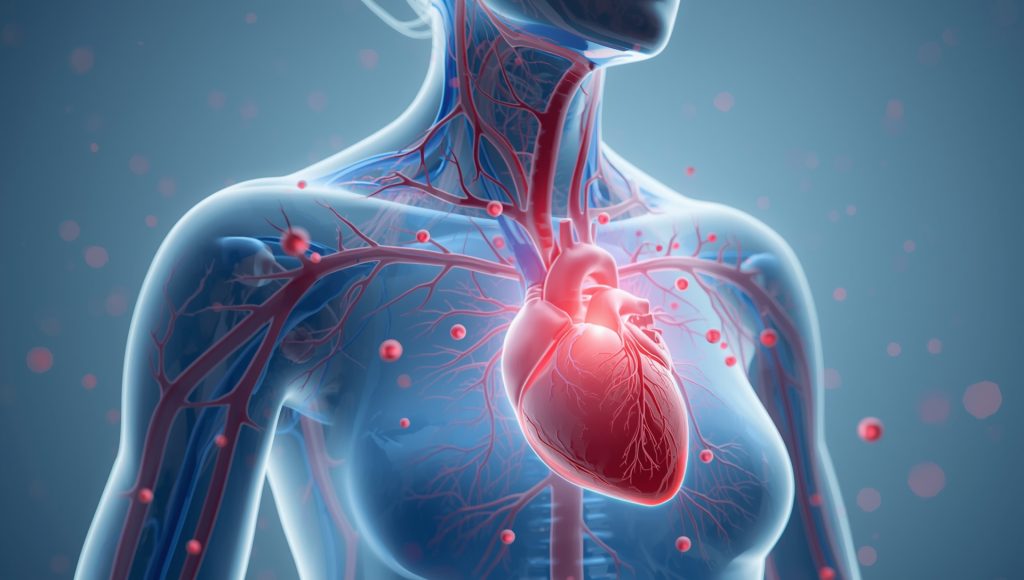
Knowing the symptoms is the first step. The next step is learning how to act. Time is muscle. The longer you wait, the more heart muscle dies.
Here is a simple guide on how to spot the signs of a heart attack in women.
Listen to Your Body
Women are often caregivers. They put others first. They ignore their own Pain. You must change this habit.
If you feel any of the symptoms we discussed, stop. Do not try to explain them away. Do not say, “It’s just stress,” or “I’m just getting old.”
Ask yourself: “Is this feeling new? Is it severe? Has it never felt like this before?” If the answer is yes, take it seriously.
The “Could It Be My Heart?” Checklist
If you are not sure, ask yourself these questions:
- Am I feeling a strange pressure, squeezing, or Pain in my chest?
- Is there Pain in my jaw, neck, back, or arms that I cannot explain?
- Am I suddenly out of breath for no reason?
- Do I feel sick to my stomach, or am I vomiting?
- Am I dizzy or lightheaded?
- Am I breaking out in a cold sweat?
- Do I feel an extreme, overwhelming tiredness?
- Do I have a feeling that something is very wrong?
If you answer “yes” to even one of these questions, especially if it feels severe or unusual, it is time to act.
What to Do Immediately?
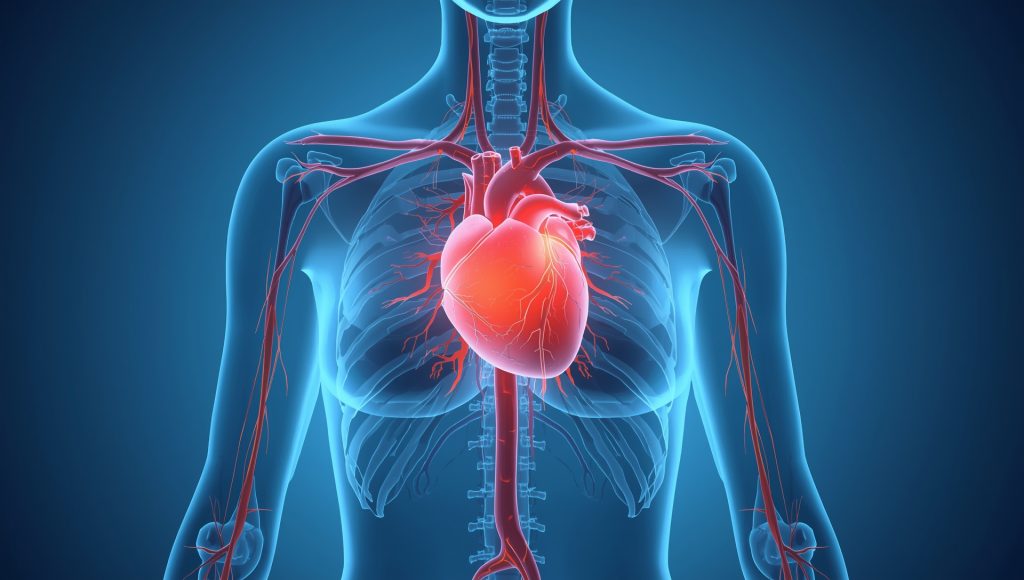
Do not wait. Do not drive yourself to the hospital. Do not call your doctor first.
- Call Emergency Services Immediately. In the US and Canada, dial 911. In other countries, be aware of your local emergency number. This is the most crucial step. Paramedics can start treatment the moment they arrive. They can also get you to the hospital more quickly and safely.
- Chew an Aspirin. If you are not allergic to aspirin, and if a doctor has not told you to avoid it, chew one regular aspirin (325 mg). Chewing it helps your body absorb it faster. Aspirin can help thin your blood and break up a clot.
- Stay Calm and Sit Down. Try to remain calm. Sit or lie down in a comfortable position. Loosen any tight clothing.
- Tell Someone. If you are with Someone, tell them how you are feeling. If you are alone, unlock your door so that paramedics can enter.
Women’s Cardiovascular Health: More Than Just Heart Attacks
Understanding the signs of heart attack in women is crucial. But it is also part of a bigger picture. This bigger picture is women’s cardiovascular health.
Heart disease is the number one killer of women. It kills more women than all forms of cancer combined.
Many things can increase your risk for heart disease and heart attacks. These are called risk factors.
Risk Factors You Cannot Change
- Age: The risk increases as you get older.
- Family History: Your risk is higher if a close family member had heart disease at a young age.
- Menopause: After menopause, your risk of heart disease goes up. You should to know Signs of Heart Attack in Women.
Risk Factors You Can Control
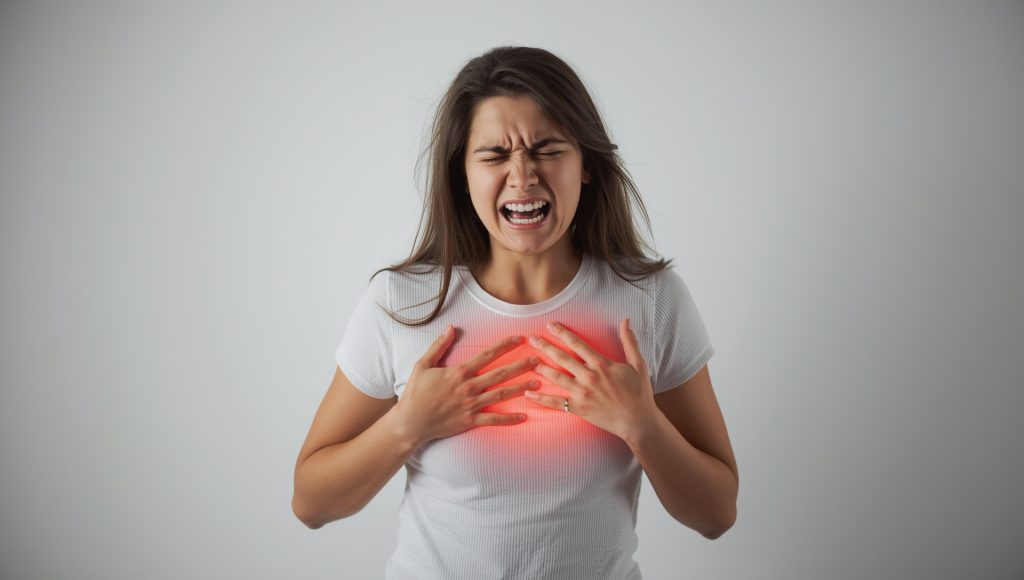
The good news is that you can control many risk factors. Taking care of your women’s cardiovascular health means working on these:
- High Blood Pressure: This is a significant risk factor. Get your blood pressure checked regularly.
- High Cholesterol: Bad cholesterol can clog your arteries.
- Smoking: If you smoke, quit. It is one of the best things you can do for your heart.
- Diabetes: Diabetes dramatically increases your risk. Managing your blood sugar is key.
- Being Overweight: Extra weight makes your heart work harder.
- Not Moving Enough: A lazy lifestyle is bad for your heart.
- Unhealthy Diet: Eating too much processed food, salt, and sugar hurts your heart.
- Stress: High stress can damage your heart over time.
Taking steps to manage these risks is essential for protecting your heart. It is how you prevent ever needing to recognise the signs of heart attack in women.
Frequently Asked Questions About Signs of Heart Attack in Women
Many people have questions. Here are some simple answers.
How long do the signs of heart attack in women last?
The symptoms can last for a few minutes. Or they can come and go over several hours. Do not wait to see if they go away. Even if the Pain comes and goes, it is a sign that your heart is in trouble.
Can you have a heart attack and not know it?
Yes. This is called a silent heart attack. The silent heart attack symptoms are so mild you might not notice them. You may feel exhausted or experience a mild flu-like sensation. Many people only find out they had one or more weeks or months later during a doctor’s visit.
How can I tell the difference between a heart attack and heartburn?
This is very hard. Heartburn usually feels like a burning in your chest and throat. It often happens after eating. Heart attack symptoms are frequently more about pressure and squeezing. They may also present with other symptoms, such as shortness of breath or back pain. If you are unsure, it is always safer to have it checked Signs of Heart Attack in Women.
Are younger women at risk for heart attacks?
Yes. While the risk is higher after menopause, heart attacks can happen at any age. Poor lifestyle choices, smoking, and certain health conditions can cause heart attacks in younger women. No woman is too young to think about her heart health.
What should I do if I am alone and think I am having a heart attack?
Call emergency services immediately. Then, unlock your front door so paramedics can get in. Sit down near the door or in a position where you can be easily found. Do not try to drive yourself.
Conclusion: Your Heart, Your Life
Knowing the unique signs of heart attack in women is a powerful tool. It is a tool that can save your life. Remember, the symptoms are often not what you see in movies. They can be subtle and confusing.
Listen to your body. Do not ignore feelings of extreme fatigue, jaw pain, back pain, or shortness of breath. Do not explain them away. Your body is trying to warn you.
Your heart health is in your hands. Pay attention to the risk factors you can control. Eat well, move your body, and manage your stress. Discuss your women’s cardiovascular health with your doctor regularly.
Share this information with the women in your life—your mother, your sister, your daughter, your friends. Everyone should know the signs of heart attack in women.
When a woman’s heart cries out, we all need to be ready to listen. And to act.

Pingback: Effective Workouts for Women: Boost Fitness & Strength-2025